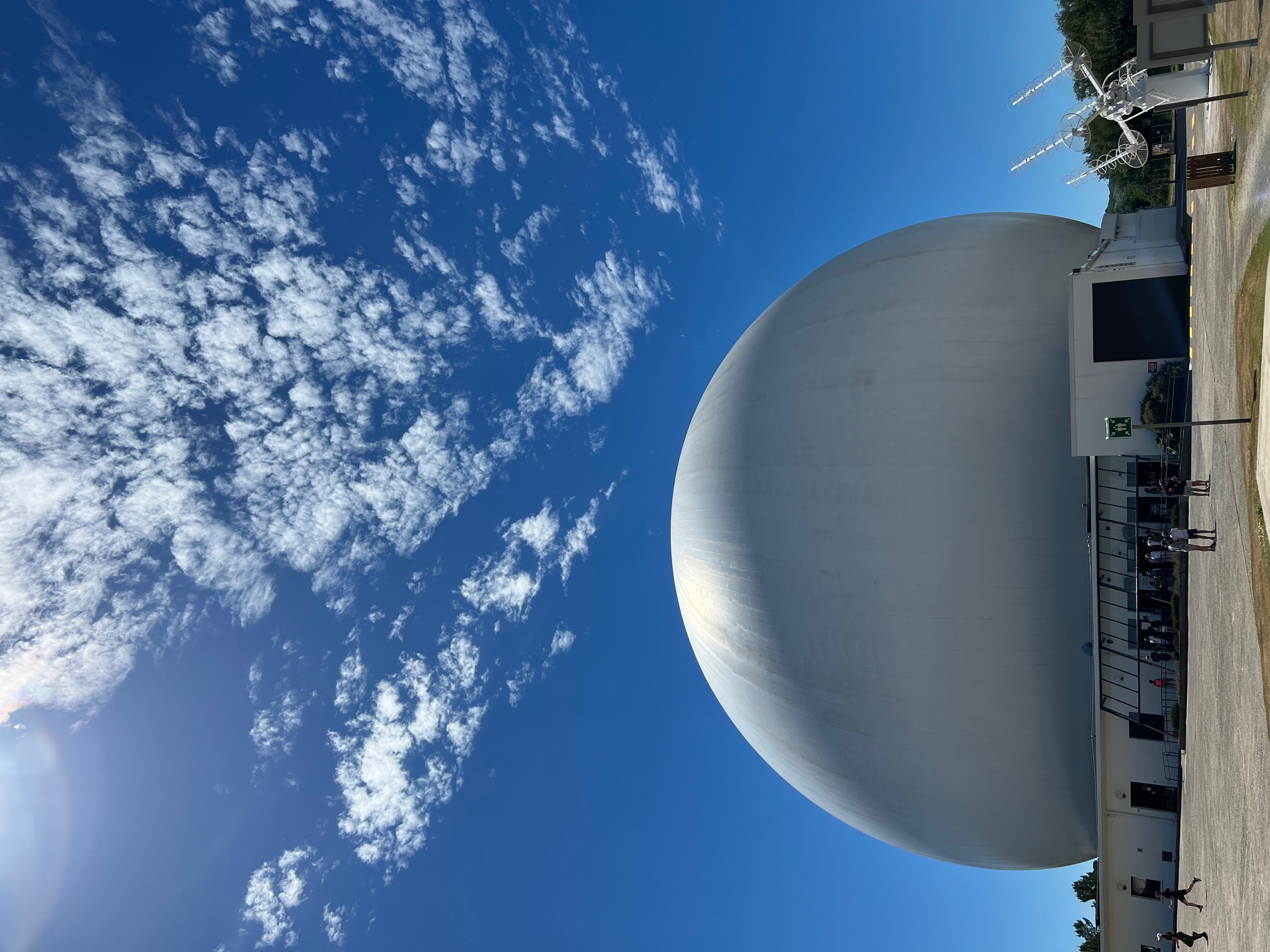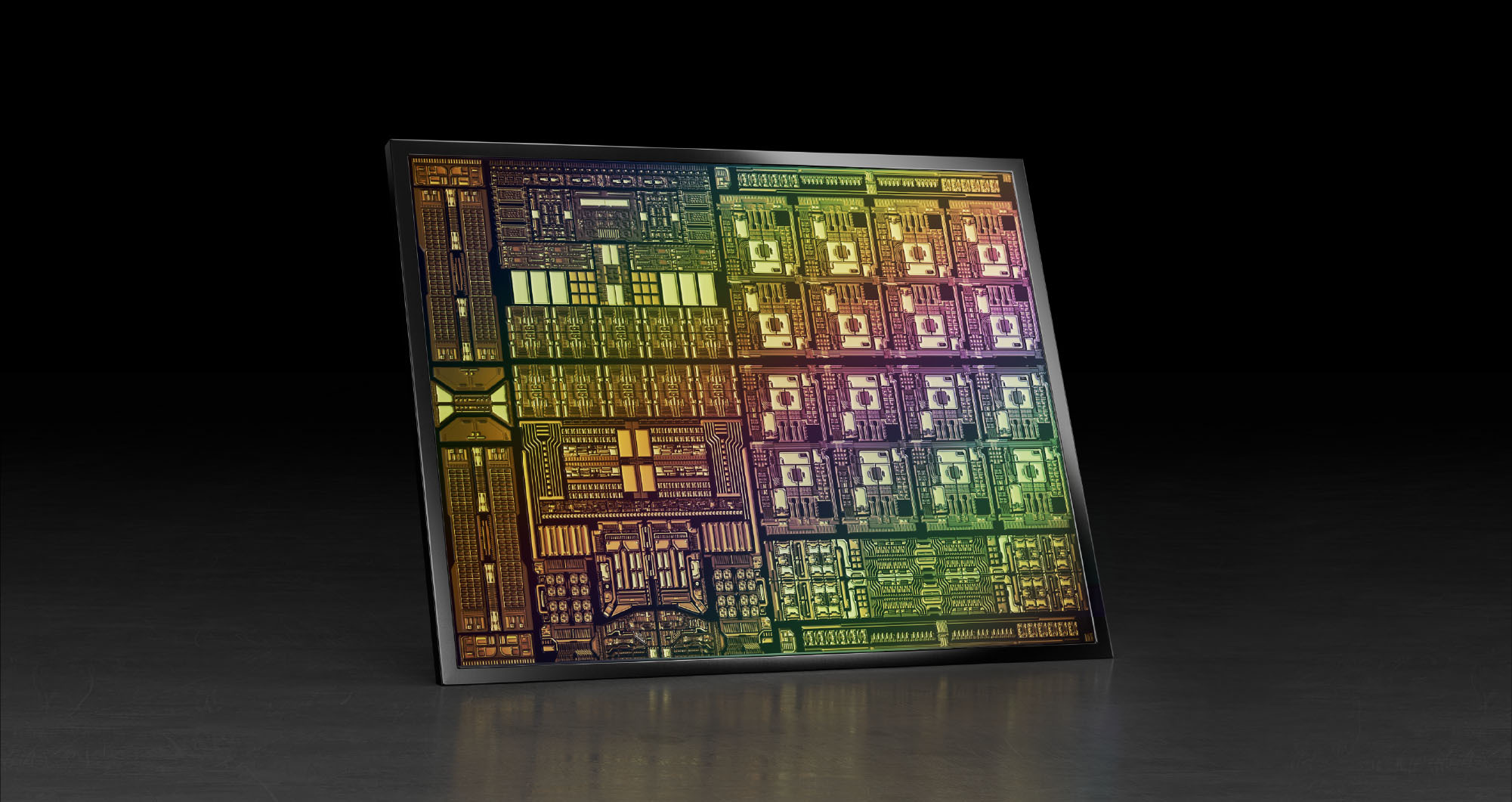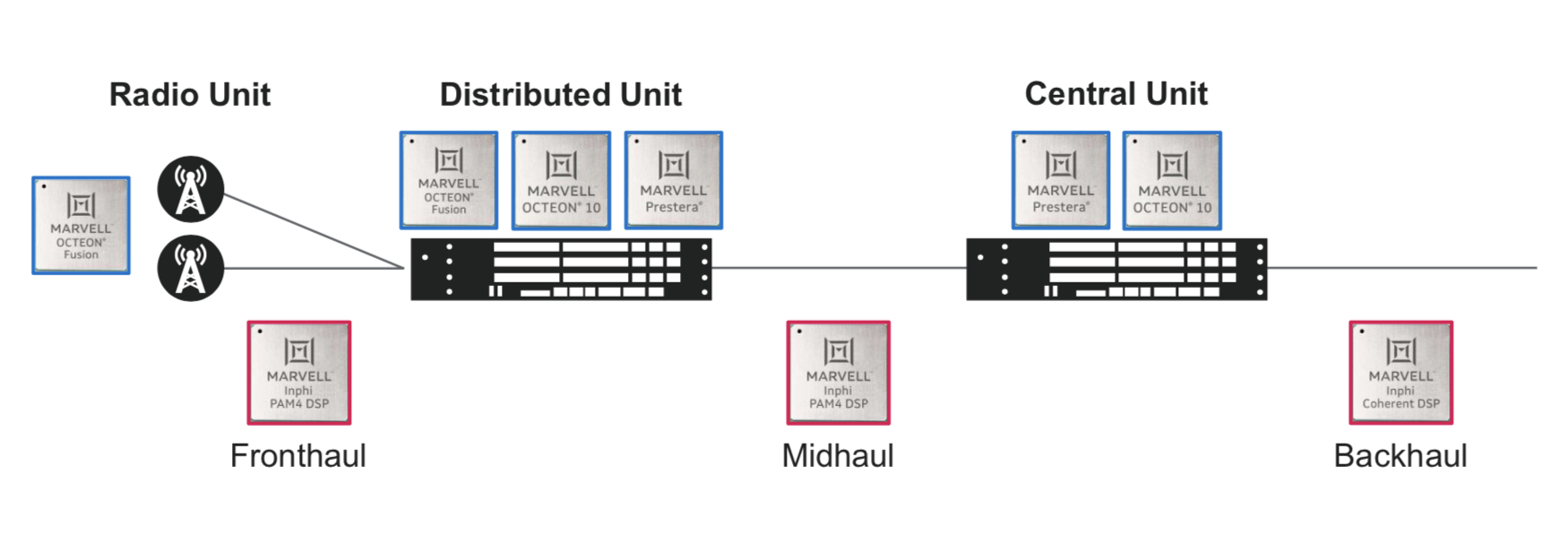Europe's first glimpse of a live US baseball game
 Saturday, July 23, 2022 at 11:32AM
Saturday, July 23, 2022 at 11:32AM It is rare to visit a museum dedicated to telecoms, never mind one set in beautiful grounds. Nor does it often happen that the visit coincides with an important anniversary for the site.
La Cité des Télécoms, a museum set in 11 hectares of land in Pleumeur-Bodou, Brittany, France, is where the first TV live feed was sent by satellite from the US to Europe.
 The Radôme protecting the vast horn antenna
The Radôme protecting the vast horn antenna
The Telstar 1 communications satellite was launched 60 years ago, on July 10, 1962. The first transmission that included part of a live Chicago baseball game almost immediately followed.
By then, a vast horn radio antenna had been constructed and was awaiting the satellite's first signals. The Radôme houses the antenna, an inflated dome-shaped skin to protect it from the weather. The antenna is built using 276 tonnes of steel and sits on 4,000 m3 of concrete. Just the bolts holding together the structure weigh 10 tonnes. It is also the largest inflated unsupported dome in the world.
The antenna continued to receive satellite transmissions till 1985. The location was then classed as a site of national historical importance. The huge horn antenna is unique since the twin antenna in the US has been dismantled.
The Cité des Télécoms museum was opened in 1991 and the site is a corporate foundation supported by Orange.
 5G,
5G,  Cité des télécoms,
Cité des télécoms,  Orange,
Orange,  museum,
museum,  optical fibre,
optical fibre,  telecoms,
telecoms,  wireless
wireless  Print Article
Print Article 







